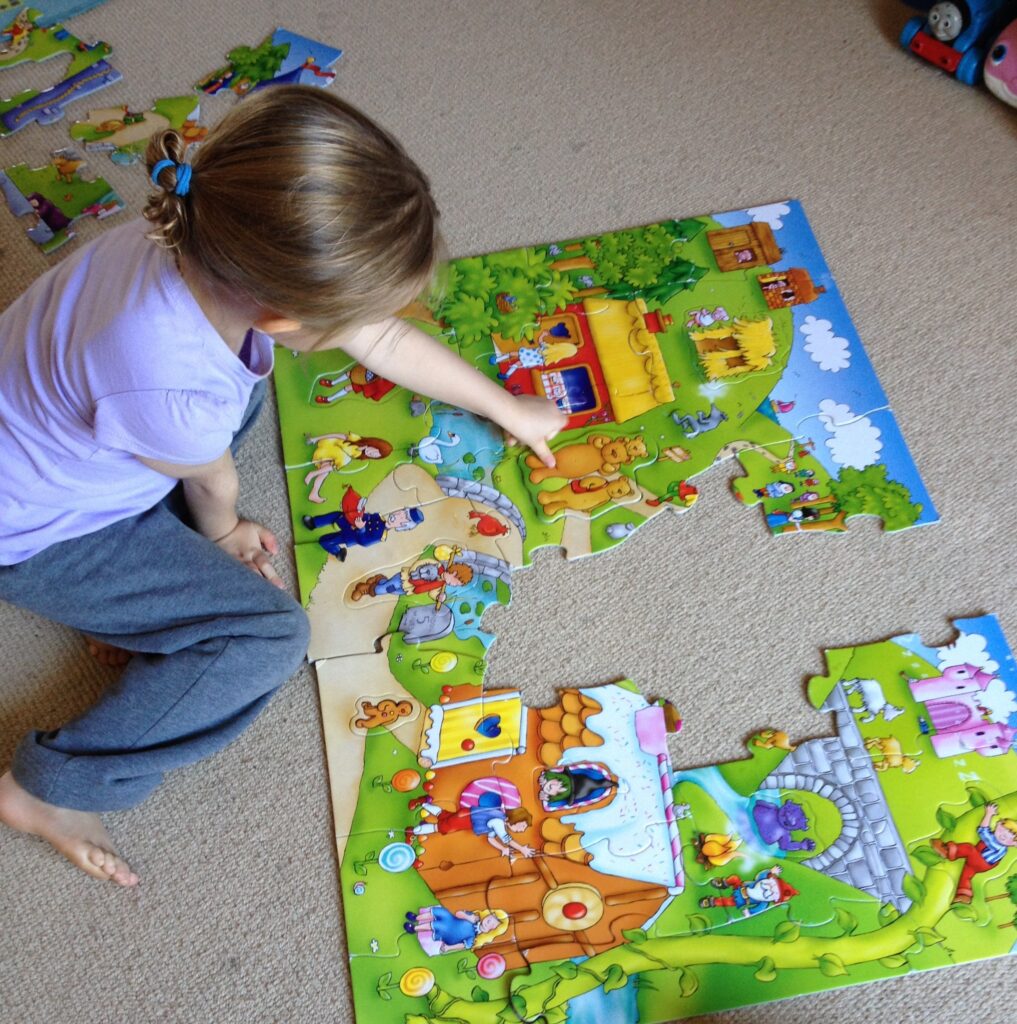Unlocking the Benefits of Puzzle Games for Children
Puzzles are a simple yet powerful tool for children’s cognitive development, problem-solving skills, and fine motor coordination. Over the years, parents have recognized the benefits of puzzle games and used them as a way to occupy their children’s minds and to keep them engaged while learning new things. Playing with puzzles on a regular basis has a multitude of benefits, including helping children learn how to concentrate, developing their memory, enhancing their spatial awareness, and even improving their mood.
Let’s explore the benefits of puzzle games for children, different types of puzzles, what ages are appropriate for different types of puzzles and how puzzles can foster children’s growth.


Benefits of Puzzle Games for Children
The benefits of puzzle games for children are apparent, as they help enhance cognitive development, problem-solving abilities and fine motor coordination. Jigsaw puzzles, in particular, help children understand spatial orientation, shape recognition and the concept of parts and wholes. Studies have shown that puzzles and memory games help boost brain functionality and improve memory retention in children.
Puzzle games also inspire problem-solving skills, as children learn to visually and mentally manipulate the play pieces to create the final picture. Through this activity, they learn to be patient, persistent, and to think outside the box.
Finally, puzzle games also help develop fine motor coordination, especially in younger children. Kids learn how to grasp and manipulate pieces, placing them in their necessary positions; they develop dexterity and hand-eye coordination all while having fun.
Ages and Appropriate Puzzles
Children of all ages can benefit from puzzle games, but it’s important for parents to choose puzzles that align with a child’s cognitive development. Toddlers can start with simpler activities, such as shape recognition, simple picture puzzles with bigger pieces or large knobbed puzzles that they can easily pick and manipulate. Preschoolers can advance to small and simple jigsaw puzzles with bigger pieces, slide puzzles or find the difference games, while older children can take on more complex puzzles with numerous pieces, patterns or mosaics. No matter your child’s age, the key is to find the right balance of challenge and familiarity in a puzzle.
Types of Puzzles
Jigsaw Puzzles:
Jigsaw puzzles typically come with a picture on a box and a set of pieces that need to be assembled to match that image. They can vary in size, shape and difficulty level. With younger children, it’s best to start with smaller, simpler puzzles that have big, colorful pieces, and slowly work up to more complex puzzles.
Crossword Puzzles:
Crosswords are another type of puzzle that can help children develop critical thinking and vocabulary skills. Depending on the child’s age and skill level, you can introduce them to simpler word formation or more complicated phrase puzzles. They help with spelling, syntax, and word association in addition to broadening a child’s knowledge of language.
Logic Puzzles:
These puzzles are known to challenge adults, but children can have a fun and satisfying experience while developing their critical thinking and analytic skills. Logic puzzles require kids to analyze information, apply reasoning skills, and think beyond obvious patterns.
Tangrams:
Tangrams are great for developing visual-spatial skills in children. These puzzles require kids to move geometric shapes around to create specific designs. They are easy to store and are great travel games for those long car rides.
DIY Puzzles
If you want to save money on puzzles, try crafting puzzles with leftover household items. Here are some fun and easy ways to make puzzles at home:
Jigsaw: Take a favorite picture and glue it onto cardboard. Cut out the box retaining the image, and then cut the remaining card into evenly sized pieces, creating a custom jigsaw puzzle for kids.
Memory Match Games: Using cardboards or poster board, draw and cut out pairs of images such as animals, colors, and shapes. Shuffle the cards and place them in front of the child, and they can flip over the matching cards.
Tangrams: Using cardboard or construction paper, draw and cut out geometric shapes, following the traditional seven tans — 2 large right triangles, 1 medium sized, 2 small ones, a square, and a parallelogram. Mix the tans, and kids can arrange them to make specific designs.
Puzzle games can be an excellent tool for parents to aid their child’s cognitive development while simultaneously offering an entertaining way for kids to develop their problem-solving and analytic thinking skills. These games can help young children with eye-hand coordination, fine motor skills, and an overall sense of exploration.
Parents can also create puzzles at home using simple supplies, making the activity even more engaging for their children. With the variety of puzzle games available, parents can find something suitable for every age and skill level, making it an enjoyable way for children to learn and grow. It offers a fun way for families to bond and play together while strengthening their cognitive and mental skills.
